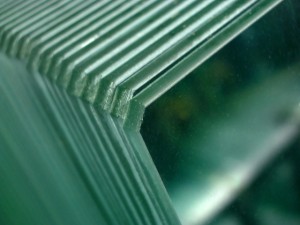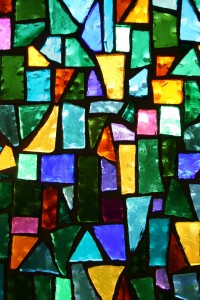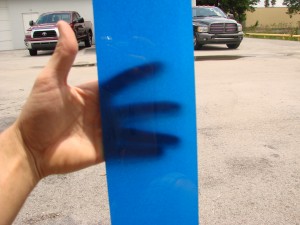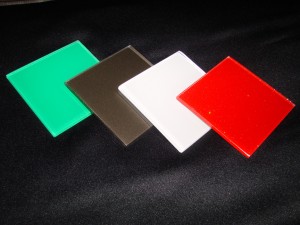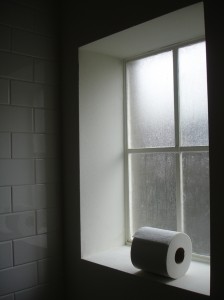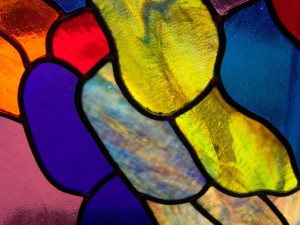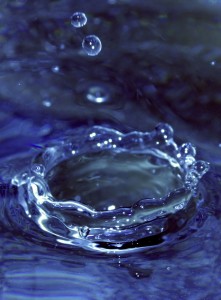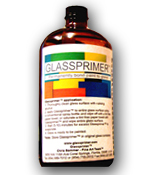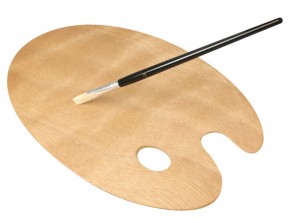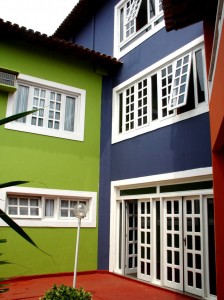Low-iron glass and glass paint projects
Low iron glass eliminates green tint
Ordinary clear glass is made primarily from sand (silica), soda ash and limestone. Some formulations use other “ingredients” to create glasses with different qualities. The silica, soda ash and limestone are heated to temperatures of more than 3,000 degrees Fahrenheit! At this temperature, the ingredients liquefy, and glass can be shaped or molded. As it cools to room temperature, the mixture hardens into what we think of as a solid, even though it retains its liquid characteristics.
The high temperatures at which glass is made burn off most impurities, so the mixture seems transparent when it cools. One of the impurities that doesn’t burn off is iron. Iron is often found with limestone – a key component of glass. Iron also readily binds with silica – the other key component of glass. It is this iron that gives glass its green tint. The greater the iron content in the glass, the greener the glass will be.
You may notice the obvious green tint on clear glass when you look at a thick piece of glass. The green tint becomes more noticeable on thicker sheets of glass. You may wonder how this green cast could affect your glass paint project. The truth is that the green tint can be noticeable, even after you’ve applied paint and mounted your backpainted glass.
Low-iron glass is made from low-iron silica and limestone. By eliminating the iron (or at least most of it), glass manufacturers can create a glass that doesn’t have this green tint. Low-iron glass, also known as Starphire™ glass or Ultra-White™ glass. It comes in thicknesses ranging from 1/8″ to 1/2″, and can be used in a variety of applications. If you think the “natural” tint of glass may interfere with your glass paint project, consider using “low-iron” glass instead.
For more information about painting glass with Glassprimer™ glass paint, please check out the rest of the site. To purchase Glassprimer™ glass paint, please visit our online store.
Photo Credit: Kerem Yucel, via FreeImages.com

